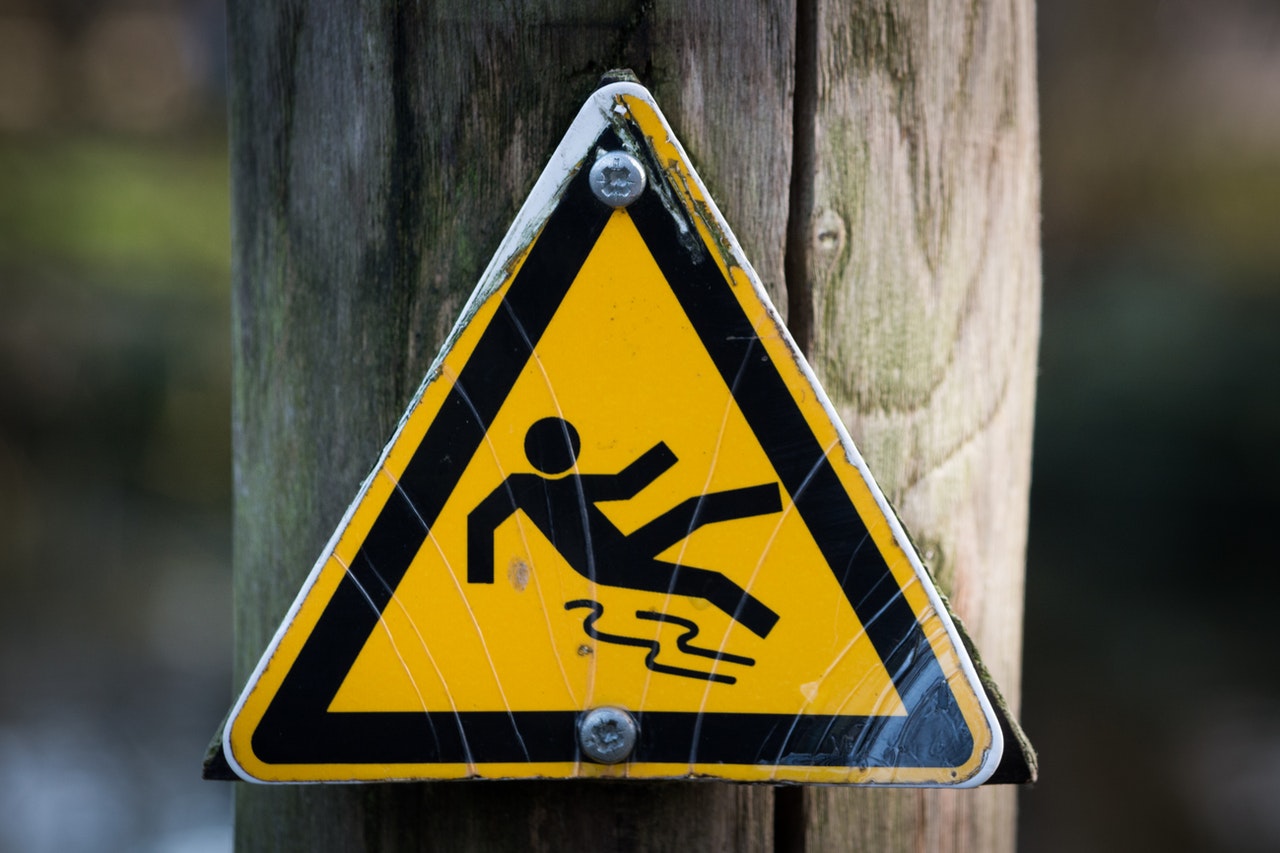British Columbia permits you to sue the property owner if you slipped, fell, and injured yourself under the Occupier’s Liability Act. However, just because you hurt yourself on someone else’s property, that does not automatically mean that you will obtain compensation.
Instead, it is your obligation to prove that the property owner is legally responsible for your fall. That means that the property owner must have somehow been at fault for your injury. If you trip over your own feet, for example, you likely will not have a valid slip and fall claim, even if the damage did occur on someone else’s property.
Common Slip and Fall Accidents
The most common examples of slip and fall claims involve:
- Walkways or parking lots that have not been cleared of ice and snow
- Wet surfaces that result from a spill or maintenance problem
- Hazardous objects on the floor
- Poor maintenance or lighting
- Walkways or flooring that has not been repaired
A slip and fall claim must involve the property owner in some way. The cause of your slip and fall will play a prominent role in whether you have a viable legal claim for a slip and fall accident.
Proving Your Slip and Fall Claim
Proving slip and fall claims may be more difficult than they sound. You must not only actually injure yourself, but that injury must be the result of some action or inaction of the property owner or occupier. Under the Occupier’s Liability Act, the occupier has a duty to ensure that walkways, flooring, and outdoor areas are reasonably maintained so that those who enter the property are safe.
The property owner must take steps to safeguard against hazards. This may include, for example, having employees clear the parking lot and sidewalks after a snow or ice storm. Then, the property owner must also ensure that their employees carried out this duty that has been delegated to them. Failure to have a system in place and a mechanism to ensure that the process is being completed may result in legal liability for the property owner.
Limitations for Slip and Fall Claims
You must assert your slip and fall claim within a specified period for it be legally viable. The deadline for this type of claim is generally two years. However, if you slipped on property owned by a municipality, you may need to notify them of your intention to sue within just a few days. You also may need to start your lawsuit within only a few months of the accident.
Regardless of the facts of your slip and fall, it is a good idea to speak with a personal injury lawyer as soon as you can after the accident to ensure that you comply with any time restrictions or requirements.
Compensation for Slip and Fall Accidents
The amount of compensation that you can obtain for a slip and fall accident will vary a great deal based on the unique facts of your case. Generally, the more severe your injuries, the higher compensation you will likely receive.
If you have specific, quantifiable losses, you can present these to the court or an insurance company. For example, if you had to be away from work while you recovered from your injuries, you may be able to obtain compensation for that lost time. You may also be able to recover for lost future income, pain and suffering, and medical expenses.
If you have suffered an injury as a result of a slip and fall accident, it is a good idea to contact a lawyer to evaluate your claim. Diamond and Diamond has years of experience handling all types of personal injury claims for compensation for people injured through the negligent conduct of others. Call our 24/7 injury hotline at 1-80-567-HURT or visit our website to speak to someone now about your claim. Consultations are free and we have offices located throughout British Columbia.
